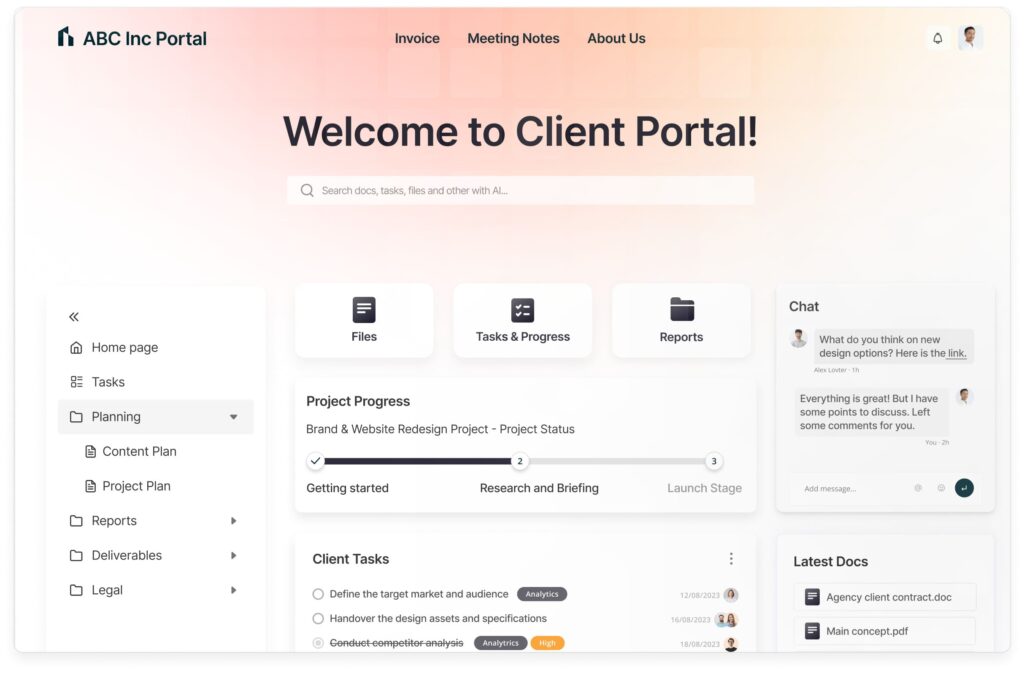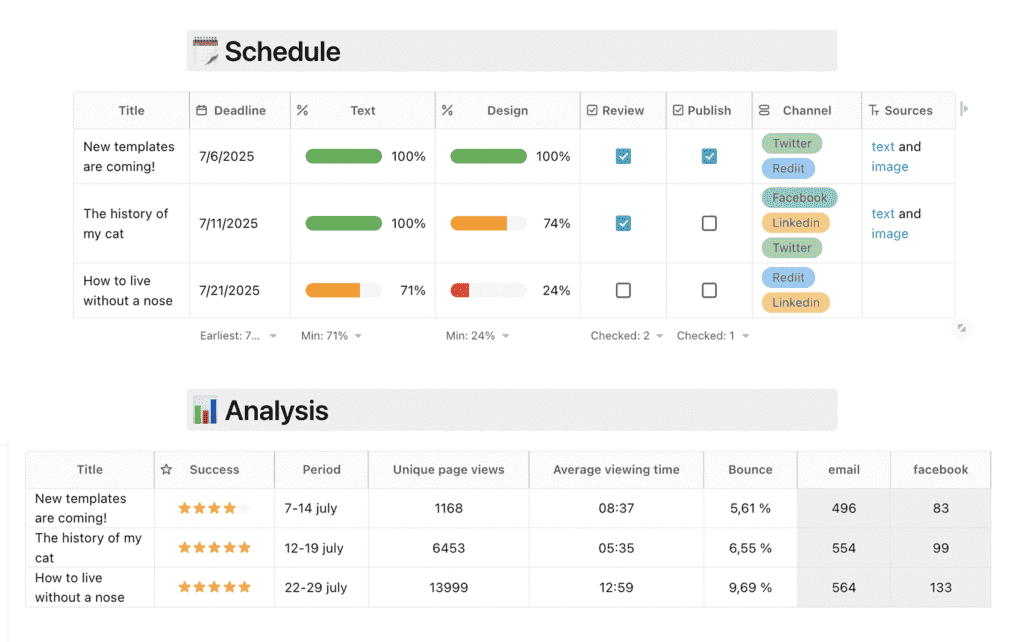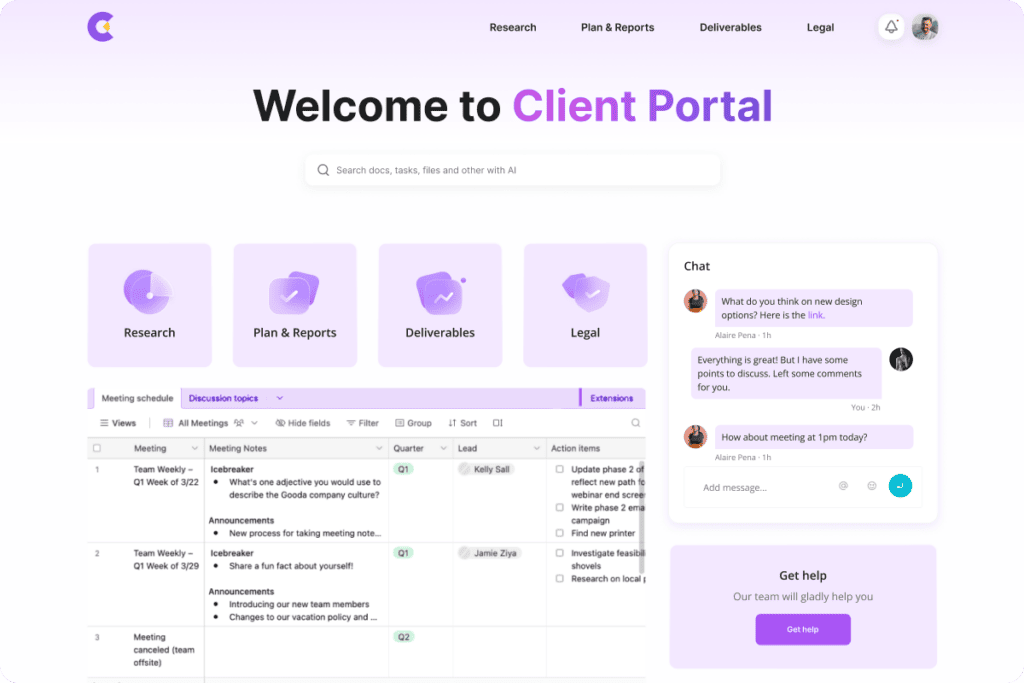
Unveiling Consumer Thoughts: Top 10 Customer Insight Tools
- 14 Min read
Measure customer satisfaction right with expert advice
Book a demoMeasuring customer satisfaction can help your brand deliver an improved experience to customers. Did you know that 90% of customers prefer companies offering tailored customer services and are prepared to spend more with them? Knowing this information, can you say your customers feel fulfilled when engaging with your product/brand/service and contributing insights through ratings and review creation? Could there be opportunities available to enhance or otherwise optimize the customer journey experience?
Measuring customer satisfaction can provide actionable insights into who your audience is and the most efficient ways of targeting it. Here we’ll review some of the main steps on how to measure customer satisfaction as well as potential uses of such measurements for products.
Simply stated, customer satisfaction measures how highly satisfied customers are with a brand, product or service and can influence customer lifetime value (CLV). Customer satisfaction can refer both to individual items purchased as well as overall brand happiness; when customer satisfaction levels rise substantially for any particular brand, it indicates they are listening well and adapting as necessary; with customer satisfaction decreasing immediately alerting brands of changes needed with pricing, packaging or availability issues that need addressing as soon as possible.
First of all, companies with customer experience as their focus generate 4-8% more revenue compared to others within their industries. Customer loyalty can be seen in retention rate, revenue growth and referrals. Happy and loyal customers are more inclined to repeat purchases from you, recommend you and spend money. They are less likely to complain or switch products when satisfied. In order to fully grasp the importance of measuring customer satisfaction for business growth purposes, it’s essential that you understand its results. See these five points that show just what impact incorporating measuring overall satisfaction has:
Finding an efficient platform is one of the best ways to measure customer satisfaction, and it should be your number one objective to make sure clients are content with the products or services you are offering them.
FuseBase (formerly Nimbus) is an exceptional platform designed specifically for client-oriented businesses. If customer satisfaction is at the core of what your organization stands for, FuseBase should be your go-to solution.

This platform offers features and tools designed to ease customer data collection processes, making customer satisfaction measurement simple and effective:
Customer Satisfaction Score (CSAT) is one way of measuring customer satisfaction. CSAT can be calculated via an anonymous customer survey that asks unsatisfied/satisfied customers how satisfying/dissatisfying their experience was following an interaction, such as buying something. After purchasing something new, you’re often given post-purchase surveys asking about your thoughts—these can include phone surveys as well.
Customer Satisfaction Score measures experiences across an expanse, from negative to positive experiences, and responses may range anywhere between 0%-100% of CSAT responses.
Customer satisfaction surveys allow businesses to glean insights from customer responses by conducting follow-ups to understand why certain ratings were given. Here are a few open-ended question types you might use when conducting your own customer satisfaction survey:
Customer satisfaction can be measured by customer surveys. It’s better for your call centers to ask how your customer feels and see what they think about your service directly than to rely on self-calculations. Start different customer surveys through various channels and focus groups. This is best done after the service has been provided. You can host surveys in different ways:
Customer effort score measures how easily consumers can resolve an issue or get an answer. The CES can be used to measure customer satisfaction metrics at a higher level. This is because satisfied customers are more likely to remain loyal when the process of resolving an issue, getting an answer or completing a task goes smoothly.
When customers are unable to resolve their problem quickly or receive an answer, companies lose out on the chance to build customer loyalty and may even lose a person as a customer.
You might ask a question like this: ”I was able to solve my problem quickly and easily with {Business Name}”.
As with the customer satisfaction scores, you can use a response scale of 1-5, where 1 indicates “strongly disagree” and 5 “strongly agree”. Use the formula below to calculate CES.
If 75 of the 100 survey responses were positive (either a 4, or a 5), then you would have a CES of 75 percent.
Using the Net Promoter Score (NPS) is one of the most popular answers to how to measure customer satisfaction. NPS, also known as customer loyalty, is an important metric for measuring satisfaction. This metric tells you whether customers are willing to refer you to others.
The net promoter score can be used as a way to achieve customer satisfaction or to determine loyalty towards a brand. If you want to measure something else, then you may need to modify the question. Here are a few examples:
You can ask open-ended NPS questions, just like you would in CSAT surveys. This will help you understand the reasons why your customers respond in a certain way.

Social media monitoring provides an effective method of gathering customer satisfaction data. Get indirect feedback by simply tracking brand social media posts to measure customer engagement and sentiment; listen for comments regarding products they dislike/like, as well as praise your products from consumers on these platforms.
Monitoring brand tags can provide insights into customer satisfaction. Customers might share their experiences after purchasing your service or product on social media channels like Twitter.
Though social measurement methods described above are passive, brands can still utilize social media platforms directly to measure customer satisfaction—perhaps using Twitter polls, LinkedIn surveys or Instagram voting features as direct measures of satisfaction.
Churn Rate refers to the frequency with which customers leave your brand for various reasons such as age, interest loss, budget restrictions or customer dissatisfaction. Sometimes your product just doesn’t meet customer expectations. No brand can ever maintain zero customer churn over time. As long as tracking churn is an integral component of brand performance evaluation, it should remain important in monitoring brand success.
Calculating customer churn is straightforward: take the total number of clients at the beginning of every month and subtract that final total, before dividing that sum by its original total.
If your customer churn rate has seen an exponential spike, measuring customer satisfaction metrics might provide insights into why customers are leaving in droves. Monitoring levels of customer happiness across your organization will prove indispensable when looking to strengthen relationships and keep customers content.
Email surveys provide another effective method of measuring customer happiness. Utilizing contact lists from newsletters or purchase histories, email surveys can be sent using this platform to deliver online questionnaires more reliably and quickly. They may also redirect recipients directly to a survey link.
Email surveys allow for effortless tracking of response rates. This is based on how many emails you sent and how many responses were received from your customer base.
Have you ever visited a website and seen an icon asking if you want to chat live with customer service? Live chat can be an efficient way of providing service to customers.

Live chat surveys make an effective tool to ask simple, straightforward questions such as, ‘Please rate the quality of service that was received today’ to customers who are already visiting your website. Live chat also enables businesses to capture potential new customers who may come back later for more business from current visitors who already exist there.
It is an art and science to measure customer satisfaction by gathering feedback surveys. You can see how the customers respond in real-time.
By using robust analytics to support such surveys, it is possible to accurately predict when and why your next customers will want to become loyal to you and also solve customer satisfaction problems the right way each time.
FuseBase (formerly Nimbus) makes measuring customer satisfaction simple with its tools that streamline the survey process while offering insightful customer satisfaction data to support intelligent decisions about enhancing the customer experience.
Companies utilize various approaches to achieve customer satisfaction, and it is critical for businesses to do so regardless of their survey goals, target demographic or desired KPIs.
Decode customer happines and grow your business with FuseBase!
Found it useful? Share the article with your community
Get weekly tips and insights on how to grow your business